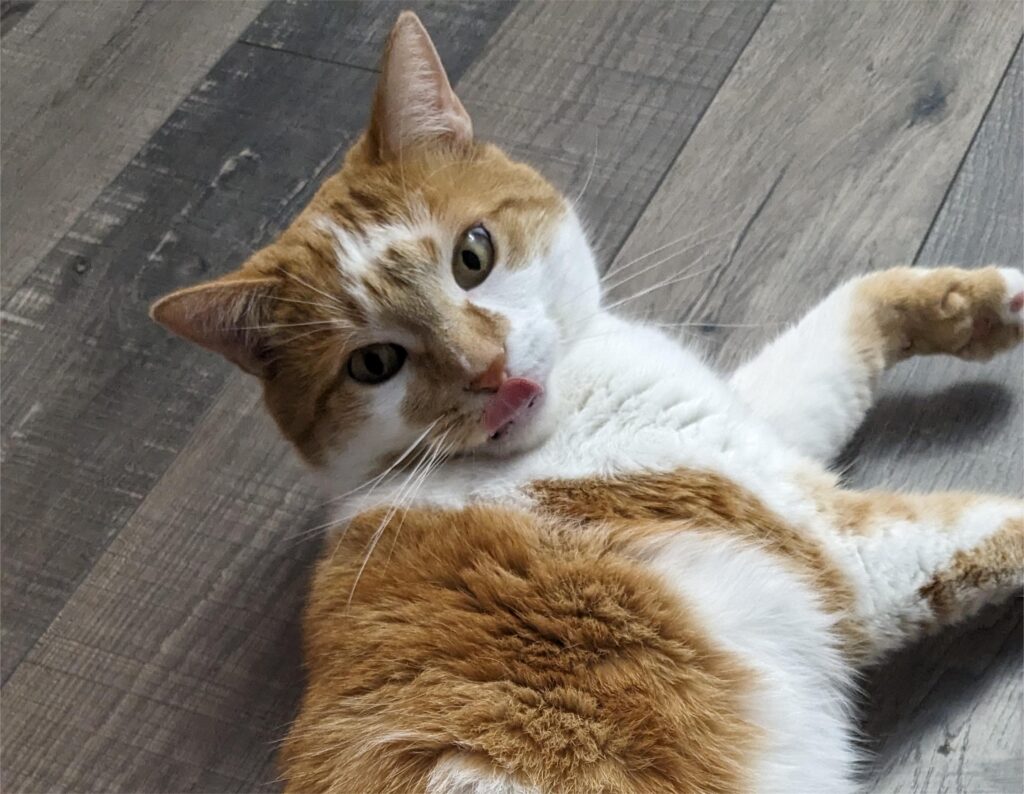Ever wondered why your cat’s tongue feels so rough when they give you a little lick? That raspy texture is actually a fascinating aspect of feline anatomy, and it’s a big part of what makes cats such unique and intriguing pets. Let’s dive into some fun facts about your cat’s tongue!

What Makes a Cat’s Tongue So Unique?
Your cat’s tongue is covered in tiny, hook-shaped structures called papillae. These are not just for show; they have a few important functions:
Grooming
Cats are known for their meticulous grooming habits. The papillae on their tongues act like a natural brush, helping them to remove loose fur and dirt from their coats. This keeps their fur clean and helps reduce shedding.
Eating
The rough texture of the tongue helps cats scrape meat off bones. In the wild, this is crucial for them to get the most nutrition out of their prey. Even if your cat is eating kibble or wet food, those papillae are still at work, making sure they get every last bit of food.
Drinking
When cats drink water, they use their tongues in a unique way. They flick their tongues rapidly to create a tiny column of water, which they then lap up. The rough texture of their tongues helps them scoop up more water with each flick.
Fun Facts About Cat Tongues
Rougher Than Sandpaper
The texture of a cat’s tongue can feel similar to fine-grit sandpaper. This is due to the keratin (the same protein that makes up human fingernails) on the papillae. It’s quite different from our smooth tongues!
Unique Patterns
Just like human fingerprints, each cat’s tongue has its own unique pattern of papillae. This means that if you were ever to look closely, no two cats’ tongues would look exactly the same.
Sensitive Detectives
Cats use their tongues to explore their environment. They can sense textures and temperatures, which helps them decide if something is safe to eat or if it’s time to investigate further.
If you notice any changes in your cat’s grooming behavior or if their tongue looks different from usual, it might be a good idea to consult your vet. Sometimes, changes in the tongue’s appearance or texture can indicate health issues that need attention.

Leave a Reply